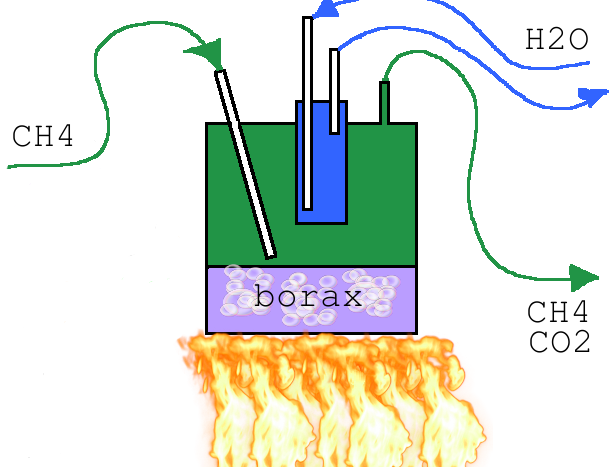It is probably easier for all if you just print it - use PrimoPDF as a printer, then just print the pages - to get the effect you see in the attached
PDF's, one is the same preparation of Sodium Dispersions and the other the preparation of Lithium Hydride (in a glass tube with a Mecker burner
@500C).
Now I'm wondering, has anyone seen the preparation of LiH in dispersion? I know I've seen papers on making Lithium Sand in order to make Alkyllithium
reagents, much the same as the sodium dispersion is made. So it strikes me that it should be possible to prepare LiH in much the same way as is done
with the sodium dispersion... Albeit at a higher temperature maybe, but surely it would react? |




 Could one use aluminium diboride with dry HCl gas?
Could one use aluminium diboride with dry HCl gas?

 What is the maximum temperature at which it could be used to make an
aminoborane/adduct with a solvent?
What is the maximum temperature at which it could be used to make an
aminoborane/adduct with a solvent?
 - they also cite this paper where 600mL was good for 16 restarts/afterburner lighting on the SR-71 Blackbirds Combined Operation Turbojet/Ramjet-type engines.
- they also cite this paper where 600mL was good for 16 restarts/afterburner lighting on the SR-71 Blackbirds Combined Operation Turbojet/Ramjet-type engines. 








